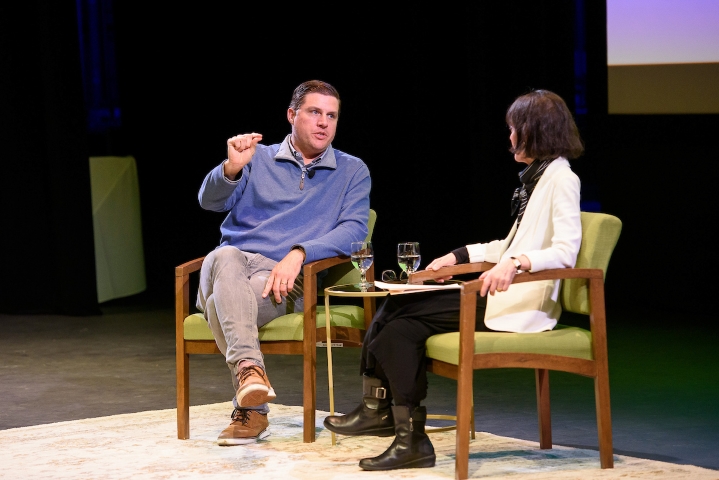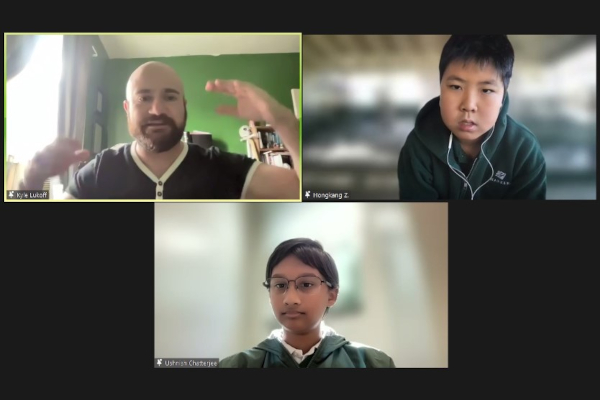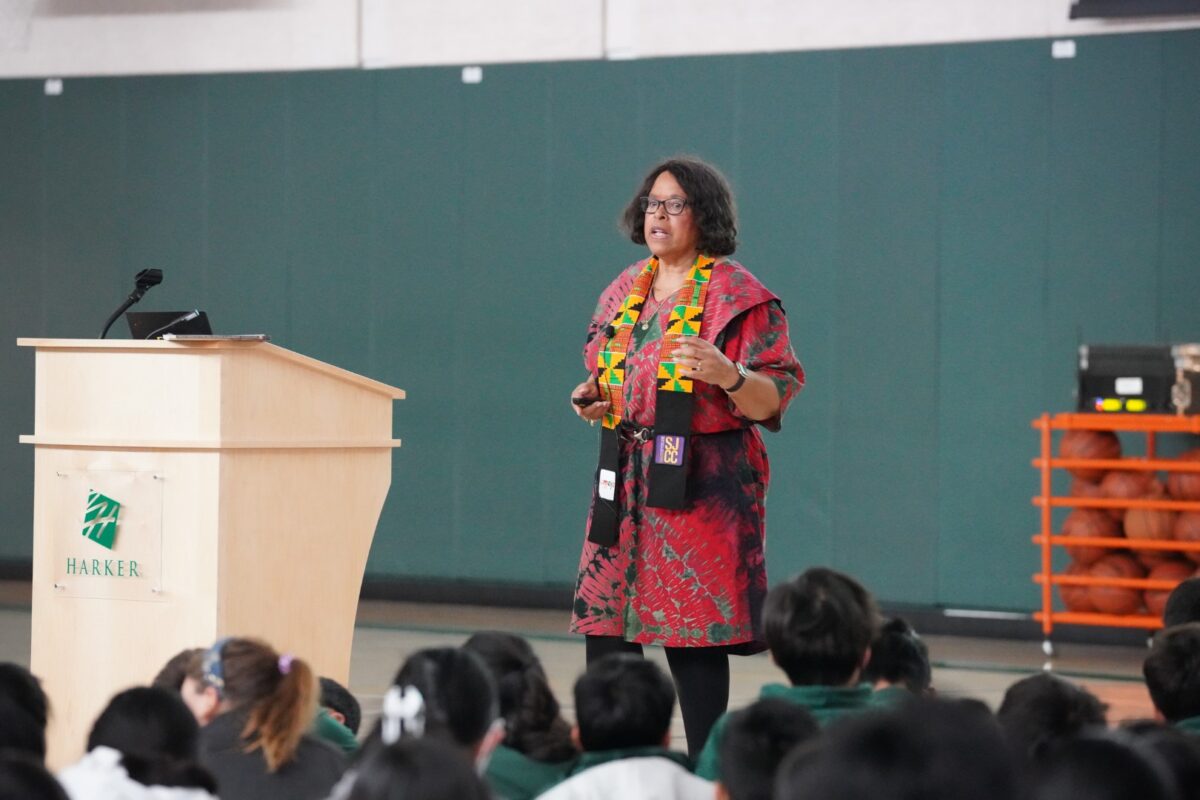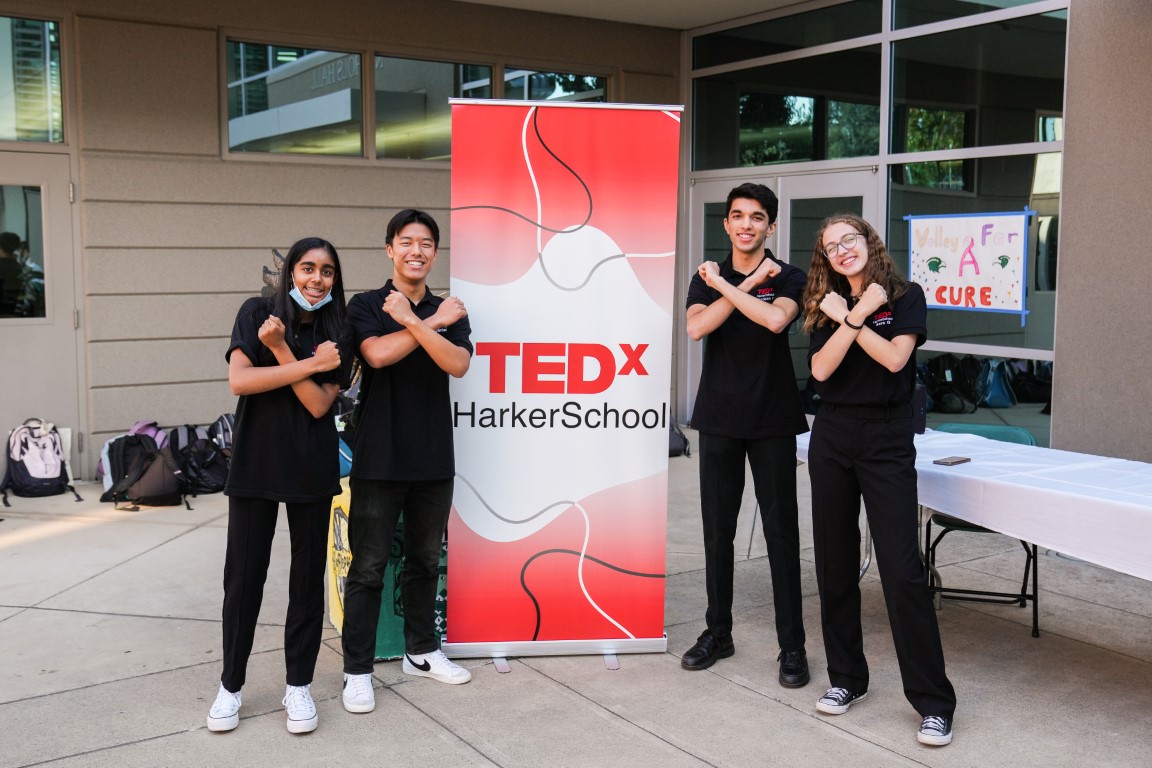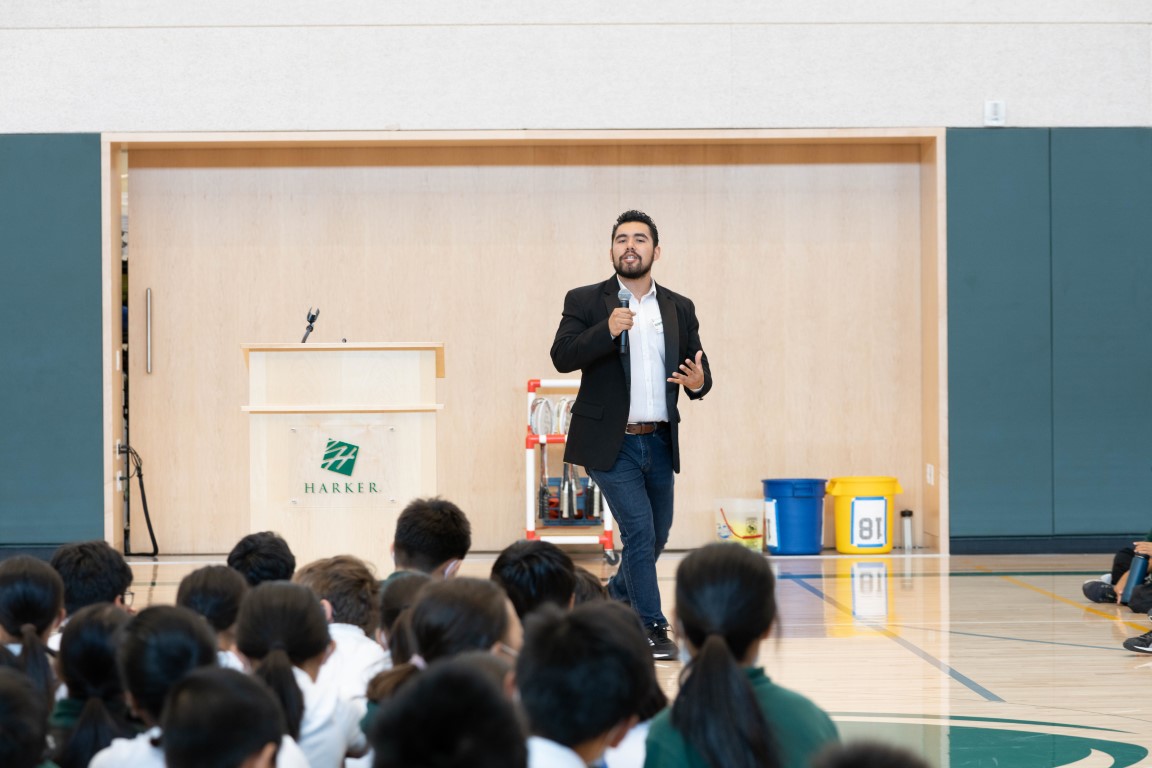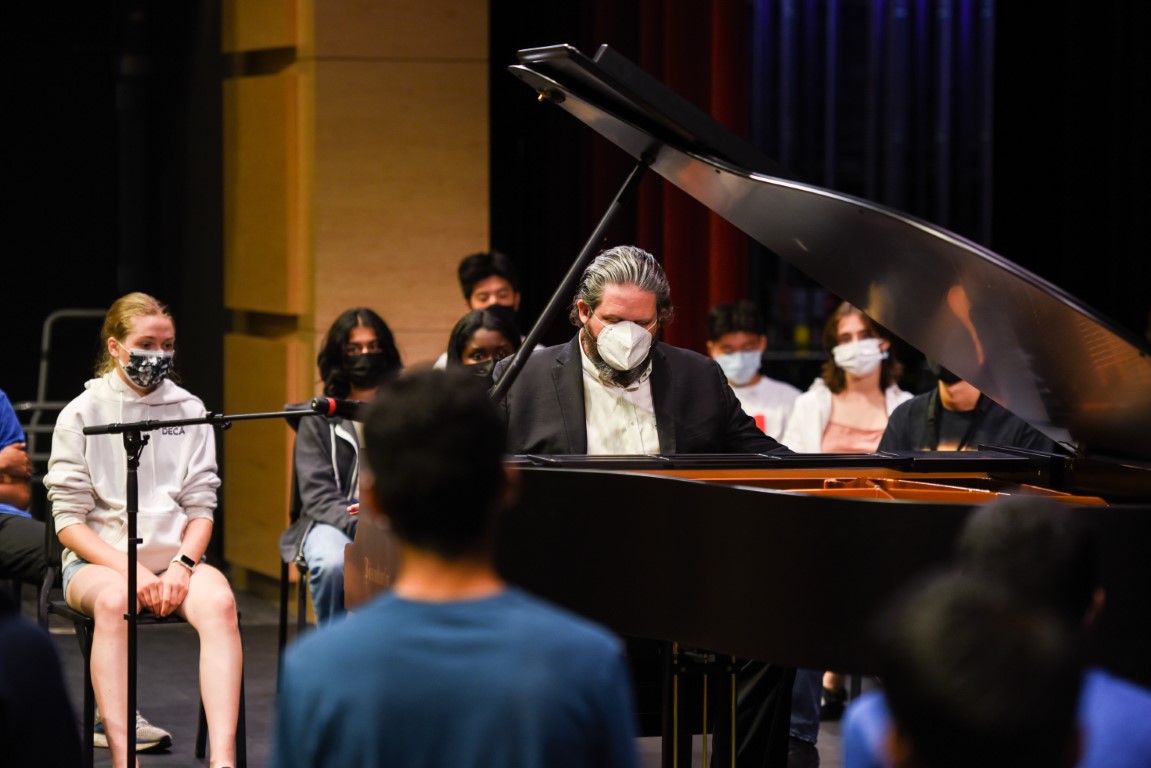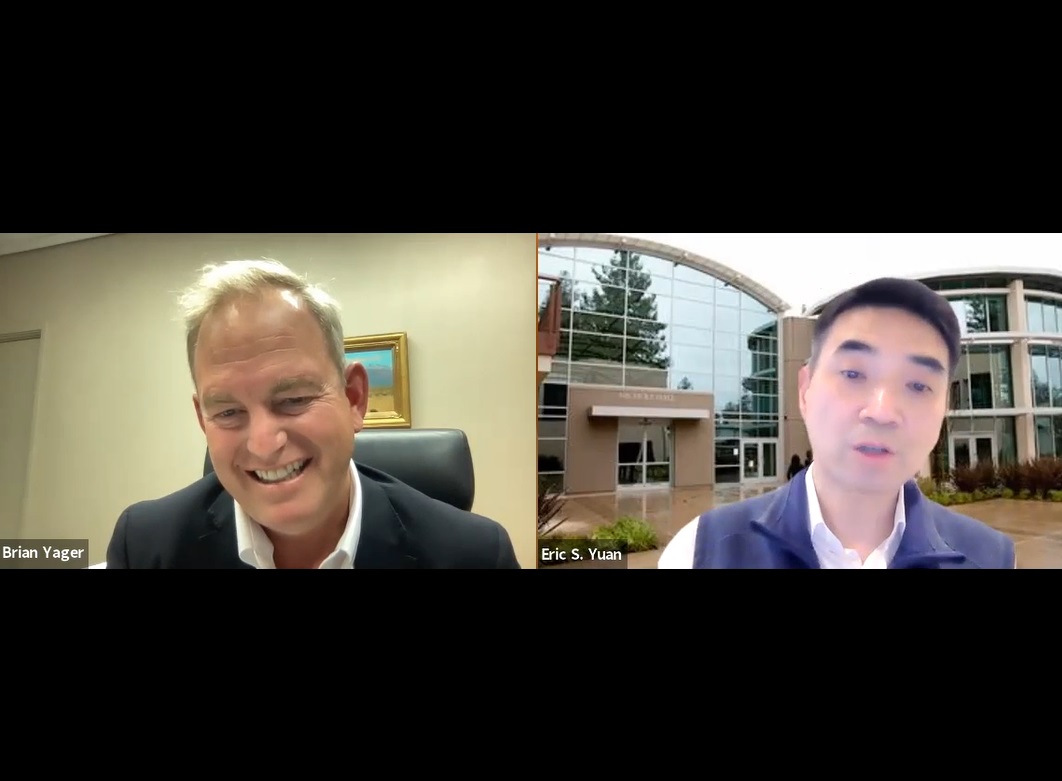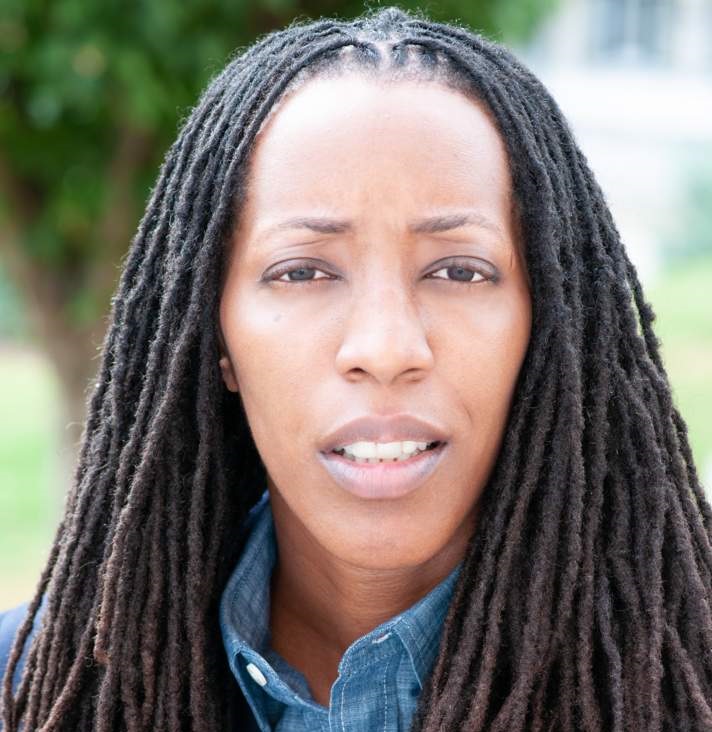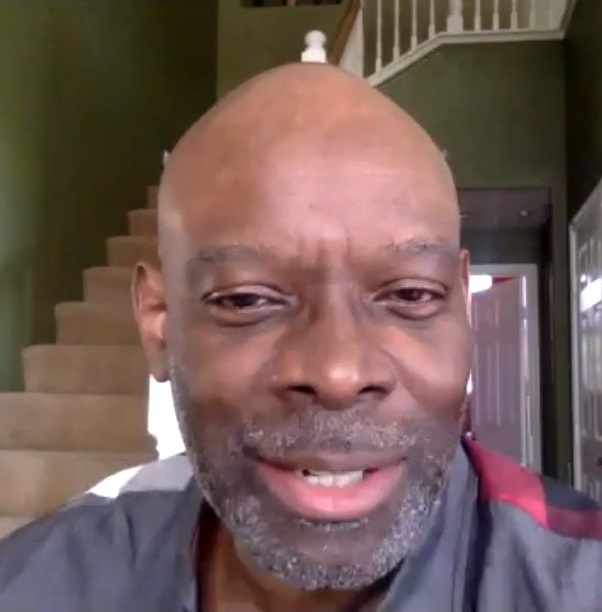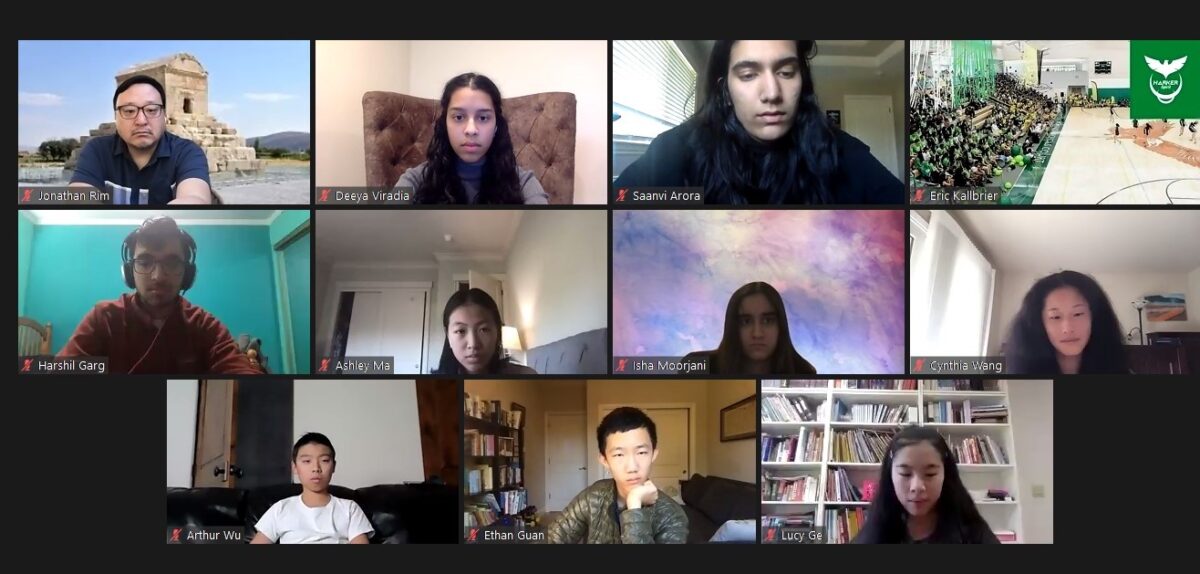Harker hosted a special event for the Common Ground Speaker Series, featuring David Yeager, PhD, discussing his new book, “10 to 25: The Science of Motivating Young People.”
guest speakers
Author Kyle Lukoff talks writing in Zoom appearance
Author Kyle Lukoff spoke to middle school students on a special Zoom appearance, talking about his 2021 novel, “Too Bright to See.”
Assembly covers Black history in Santa Clara County
Last week, a special middle school assembly featured author and historian Jan Batiste Adkins, who shared the history of African Americans in the Bay Area and Santa Clara County area.
TEDx Harker School speaker lineup draws hundreds
On Friday, Oct. 21, the 2022 installment of TEDx Harker School took place at Nichols Hall, attended by hundreds of students who arrived to see this year’s lineup of speakers.
East Palo Alto Councilmember Antonio López speaks at MS assembly
The middle school marked the start of National Hispanic Heritage Month by inviting East Palo Alto City Councilmember Antonio López to speak at a special morning assembly.
Jazz pianist gives impromptu masterclass to students
Upper school jazz band members attended an impromptu masterclass by pianist Dalton Ridenhour in the Patil Theater.
Zoom CEO Eric Yuan engages in special Q&A session
Bettina Love delivers webinar on Black history, racism and abolition
To recognize the beginning of Black History Month, Harker’s Black Student Union and Student Diversity Coalition hosted a webinar by Dr. Bettina Love, the Athletic Association Endowed Professor at the University of Georgia and author of “We Want to Do More Than Survive: Abolitionist Teaching and the Pursuit of Educational Freedom.”
Music professor Ron McCurdy speaks on Harlem Renaissance
Ron McCurdy, a professor of music at USC, gave a special presentation Tuesday on the Harlem Renaissance of the 1920s and 30s.
Congresswoman Anna Eshoo answers student questions
The Harker Civic Tech Club hosted a special Q&A session with Congresswoman Anna Eshoo on Tuesday ahead of next week’s general election.
